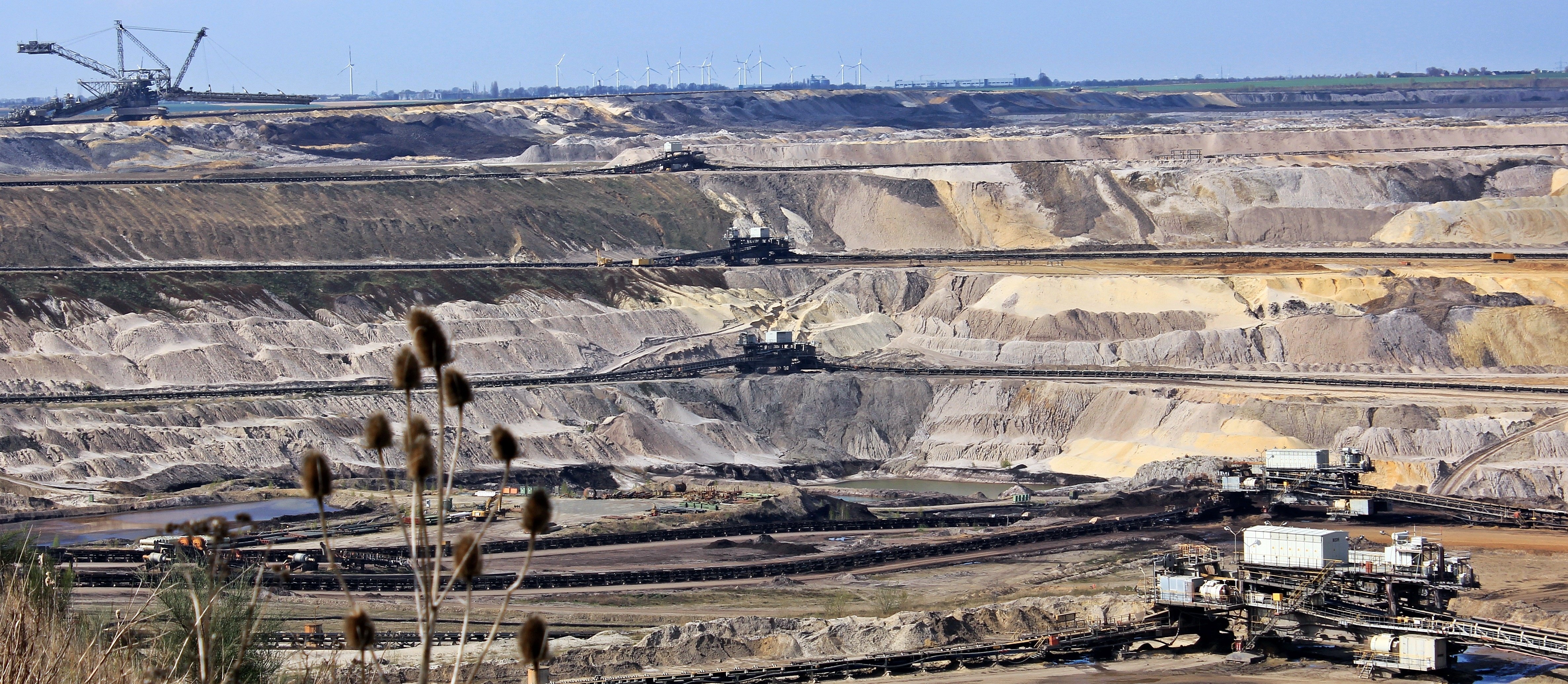A vital part of Canada’s resource-based economy, mining contributes nearly $53 billion to the GDP and accounts for more than 20% of Canadian goods exports. Mining companies employ more than 375,000 workers, contractors, sub-contractors, and rely on 3,700 suppliers, making the industry an economic cornerstone, but highly complex.
Countless Regulations and Compliance Standard
Successful and safe mining operations require constant coordination between everyone involved. It needs workers to possess a variety of skillsets, qualifications, and specialties. As Canadian mining companies have expanded their operations to other regions of the world, they’ve come to rely heavily on local supply chains and contractors they are not familiar with. These different regions around the world have their own compliance standards and regulations that workers and employers are governed by and can be vastly different from what is expected in Canada. This adds another layer of complexity to supplier and contractor management.
Protecting Contractors Remains a Serious Challenge
What international companies are faced with is a patchwork of different regulations and standards that make the important business of keeping workers and contractors safe very time consuming and difficult. But keeping workers safe, whether they’re employees or local contractors, is something companies simply must do wherever they operate.
Companies have really stepped up with their own employees but there is still a challenge with contractors. Unfortunately, contractors are often not well integrated into a company’s safety culture. The safety standards and requirement they have for sub-contractors may also not be as comprehensive as the hiring company. In a mine, this can put lives at risk, and also makes companies vulnerable to lawsuits, liabilities, and social backlash - that if serious enough - can bring down an entire company.
But advancements in technology mean mining companies can close this knowledge and training gap, reduce their outsourcing risk, and streamline their health and safety risk management without cutting into their bottom line, no matter where operations are located. The key is ensuring that everyone on a job site, whether employee or contractor, is prequalified to be there.
A Dangerous Work Environment, and Sobering Statistics
Miners are exposed to many potentially lethal risks, including cave-ins, impacts from blasting fly rock or concussion, floods, poisonous gas and chemical leakage, electrocution, inhaling dust, heavy loads, being struck by heavy equipment, and exposure to noise that can rupture ear drums. While incidents are rare, they are high-risk, and accidents can be life-changing.
The International Labour Organization (ILO) estimates that miners comprise 1% of the global workforce, but account for 8% of fatal accidents. In Canada, while safety performance has improved on average, preventable critical injuries and occupational disease fatalities continue to threaten workers. After fishing and trapping which as the highest workplace fatality rate, mining comes second with 46.9 fatalities per 100,000 workers. There is little data on the split between employees and contractors, but contractors who are not familiar with sites and aren’t embedded in the safety culture are clearly at more risk.
Training and Trust are Essential
In mining, maybe more than any other field of work, safety begins with the design of the site itself. After that, it is the training of individual miners that can mean the difference between life and death. This trust is essential in making sure the risk of a life-threatening incident, always lurking, is minimized. Miners rely not only on each other, but also their supervisors and managers to ensure that their co-worker is fully trained to work in such hazardous environments. There is no room for error. Ensuring everyone is in full compliance with training and safety standards is the only way to prevent accidents.
Growing Social and Legal Pressure in Canada to Protect Worker Abroad
Canadian firms also have a role to play in raising safety standards internationally. Canadian mining corporations are active in over 100 jurisdictions around the world, each with its own unique environmental, geographic, and social challenges. By providing consistently high standards across global operations, Canadian companies can take a lead in raising the bar on safety. There is also a shift in the legal and social landscapes that will push to hold Canadian companies accountable at home, according to Canadian laws and regulations, when accused of violations abroad. An accident anywhere in the world now comes under intense scrutiny. Being legally compliant locally is no longer enough.
Recognizing the important role Canadian firms play, the Mining Association of Canada has also introduced its Towards Sustainable Mining (TSM) initiative in 2004. This provides principles, guidelines, and tools to promote responsible mining which includes a commitment to engaging local communities, environmental responsibility, and high levels of health and safety. Now 100% of companies signed up to the initiative have formal safety and health management systems in place.
Using Technology to Reach Zero Harm
For one leading Canadian mining firm, reaching the ‘zero harm’ was a corporate objective that included contractors and employees alike. These high standards, coupled with a shortage of automated information management systems, resulted in considerable non-value added administrative tasks and manual work to deliver on contractor health and safety performance expectations. Download the case study to read more about how Cognibox worked with the firm to achieve a 12-month accident-free performance, reducing Total Recordable Injury Frequency (TRIFR) to an incredible zero.





